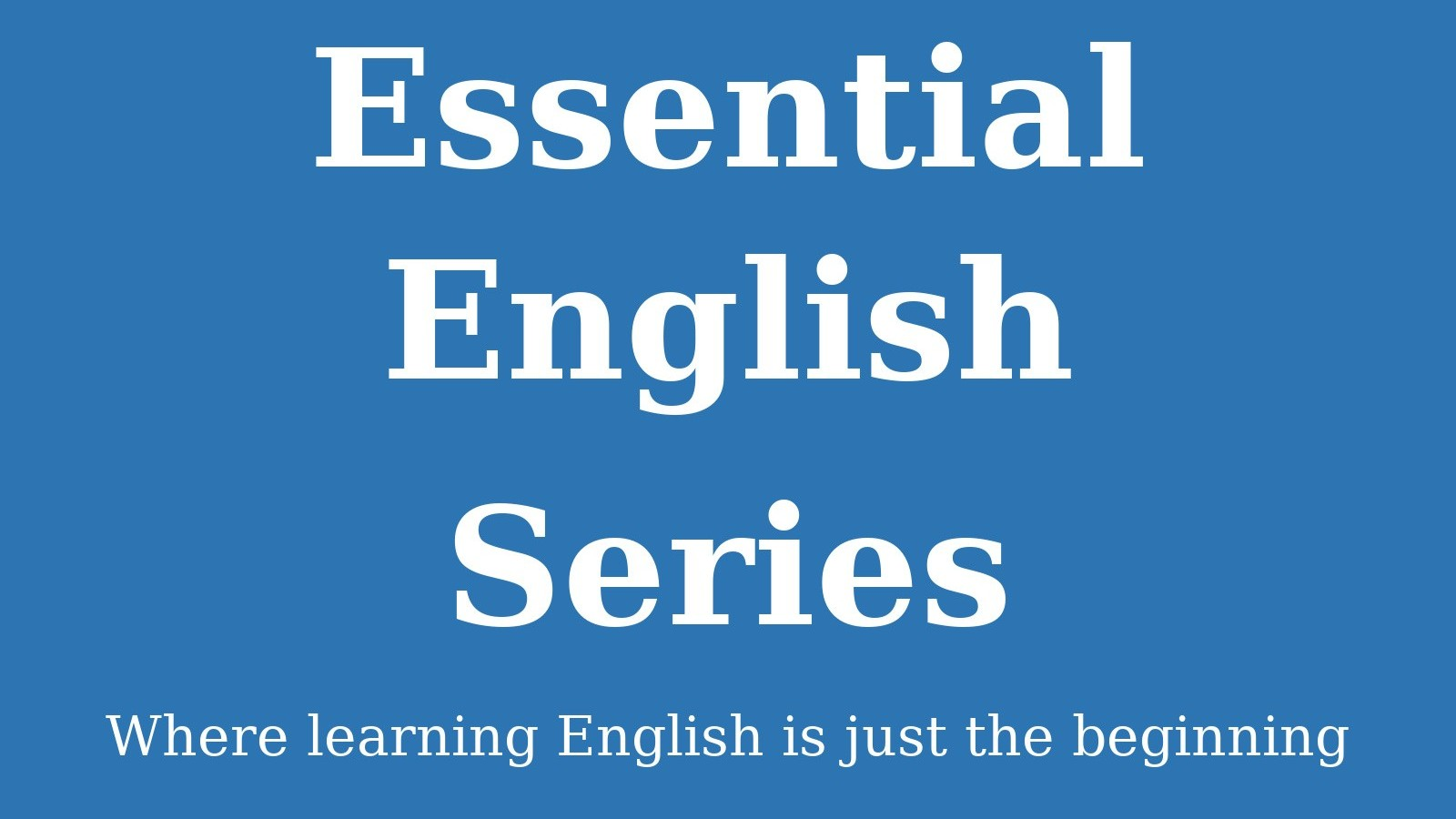Beyond English Blog – Free ESL Lessons, Grammar Tips & Learning Resources
-

A Simple Guide to Comparatives and Superlatives in English
Comparatives and superlatives help you describe and compare people, places, and things. We use comparatives to compare two things, and we use superlativesto talk about the highest or lowest degree in a group of three or more. In this lesson, you will learn: How to use comparatives and superlatives correctly Important spelling rules How to…
-
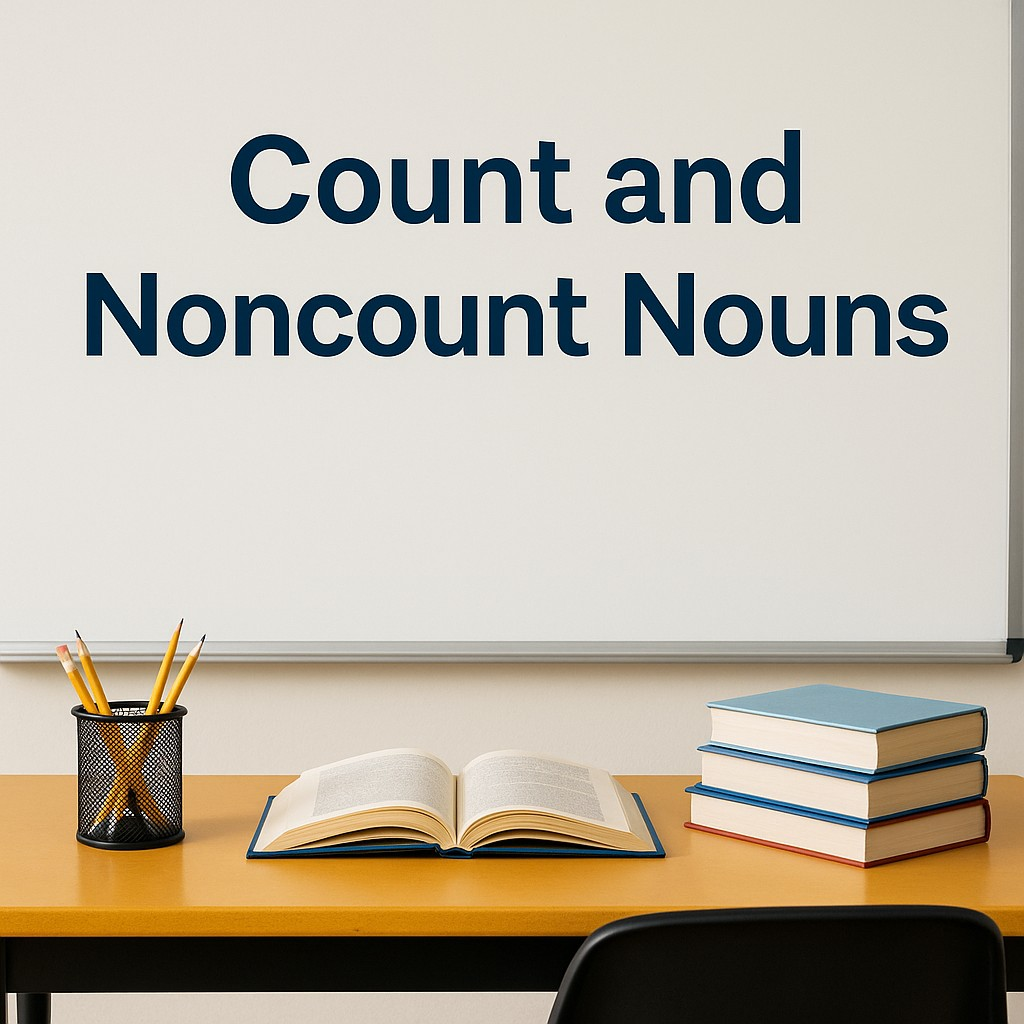
Unlock the Secrets of Count and Noncount Nouns in English
Count and Noncount Nouns Understanding the difference between count and noncount nouns helps you use articles, quantifiers, and verbs correctly. This is one of the most important grammar points for ESL learners at every level. What Are Count and Noncount Nouns? Count nouns are things you can count as individual items. They have both singular…
-
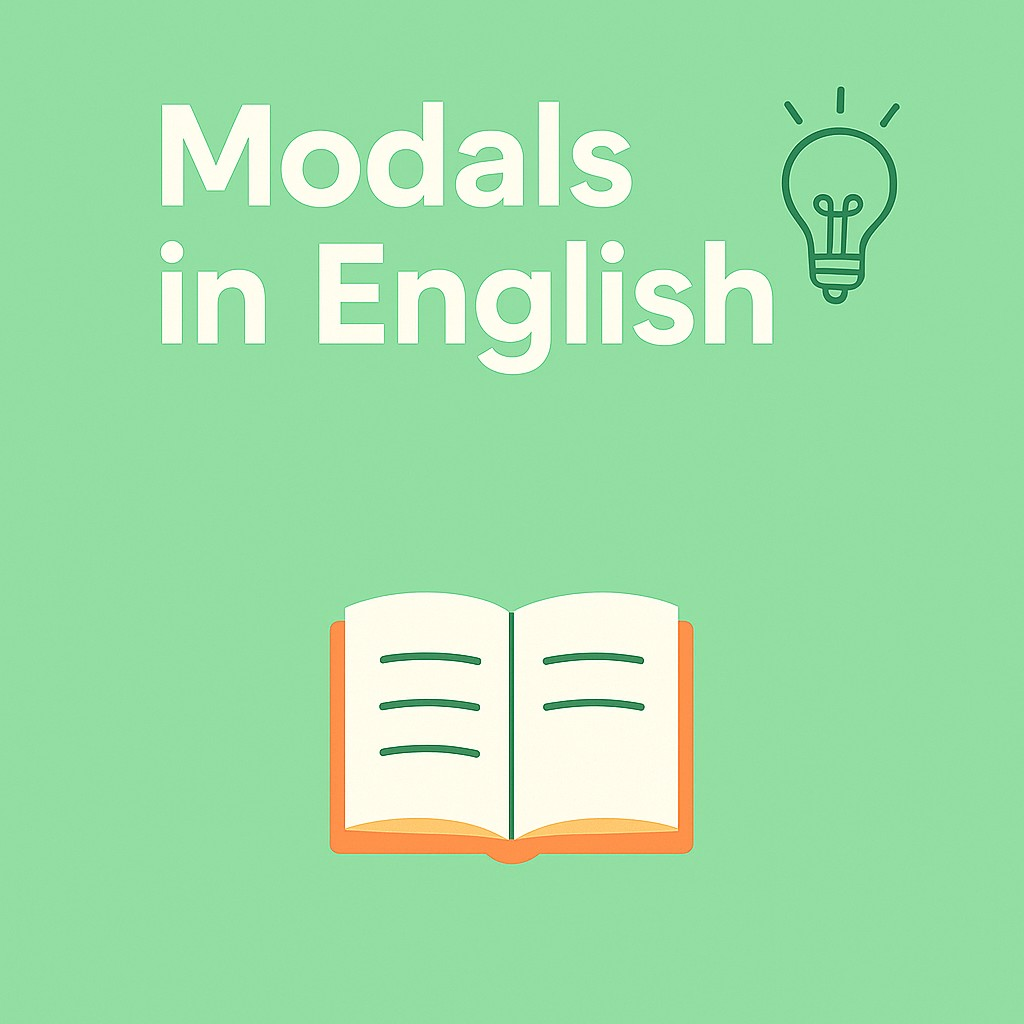
Learn How to Use Modals in English
Modals are special verbs that help us express ability, possibility, permission, advice, and necessity or obligation.In this post, you’ll learn how to use modals in English modals correctly in affirmative, negative, and contracted forms. 1. Can and Be Able To – Expressing Ability We use ‘can’ and ‘be able to’ to talk about ability. Structure:Affirmative:Subject…
-
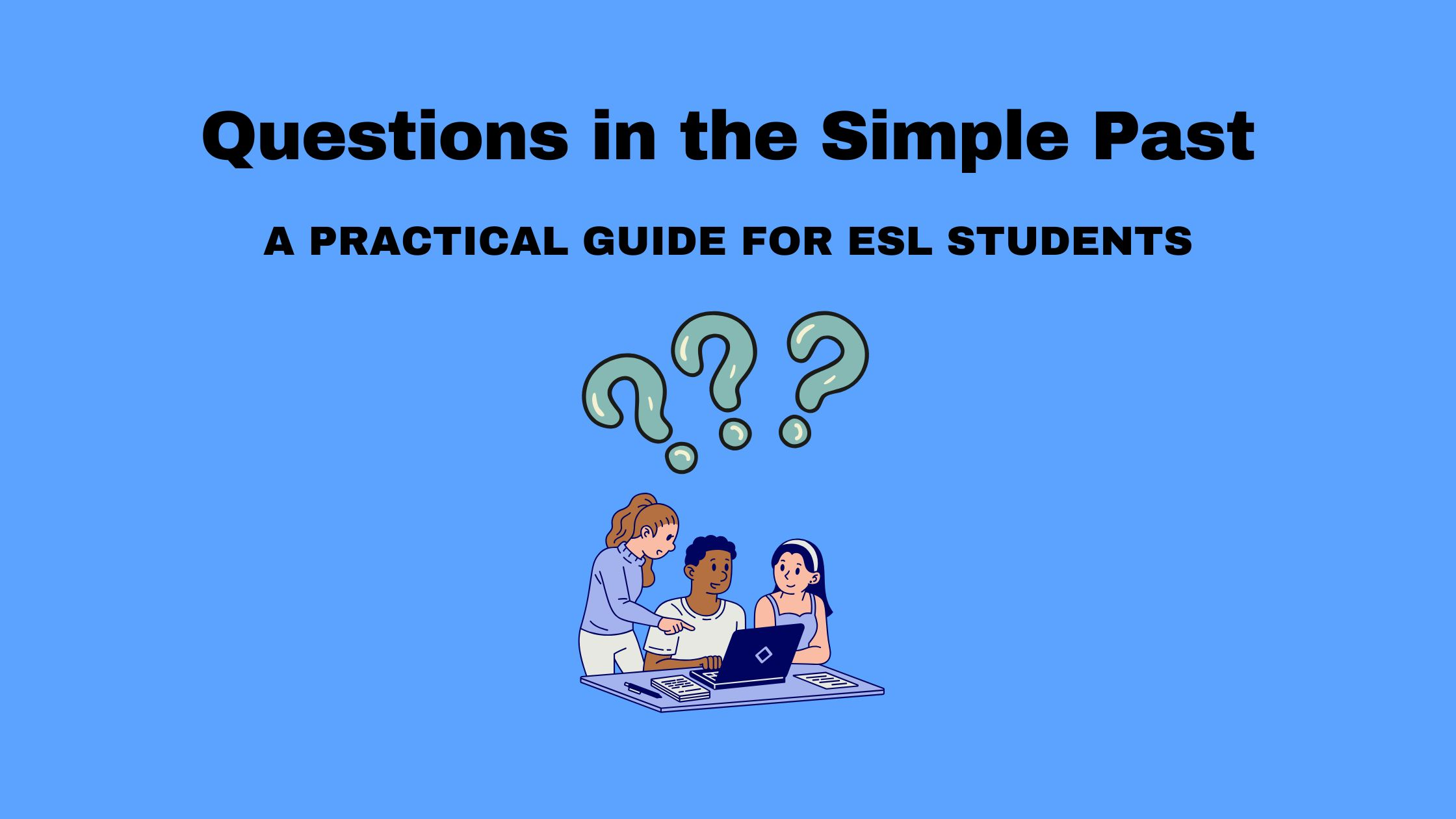
How to Ask Questions in the Simple Past Tense – A Practical Guide for ESL Learners
Learn how to ask and answer questions in the simple past tense with this practical ESL guide. Perfect for beginners, it includes clear examples, grammar tips, and interactive practice to help students build confidence using did, was, and were.
-
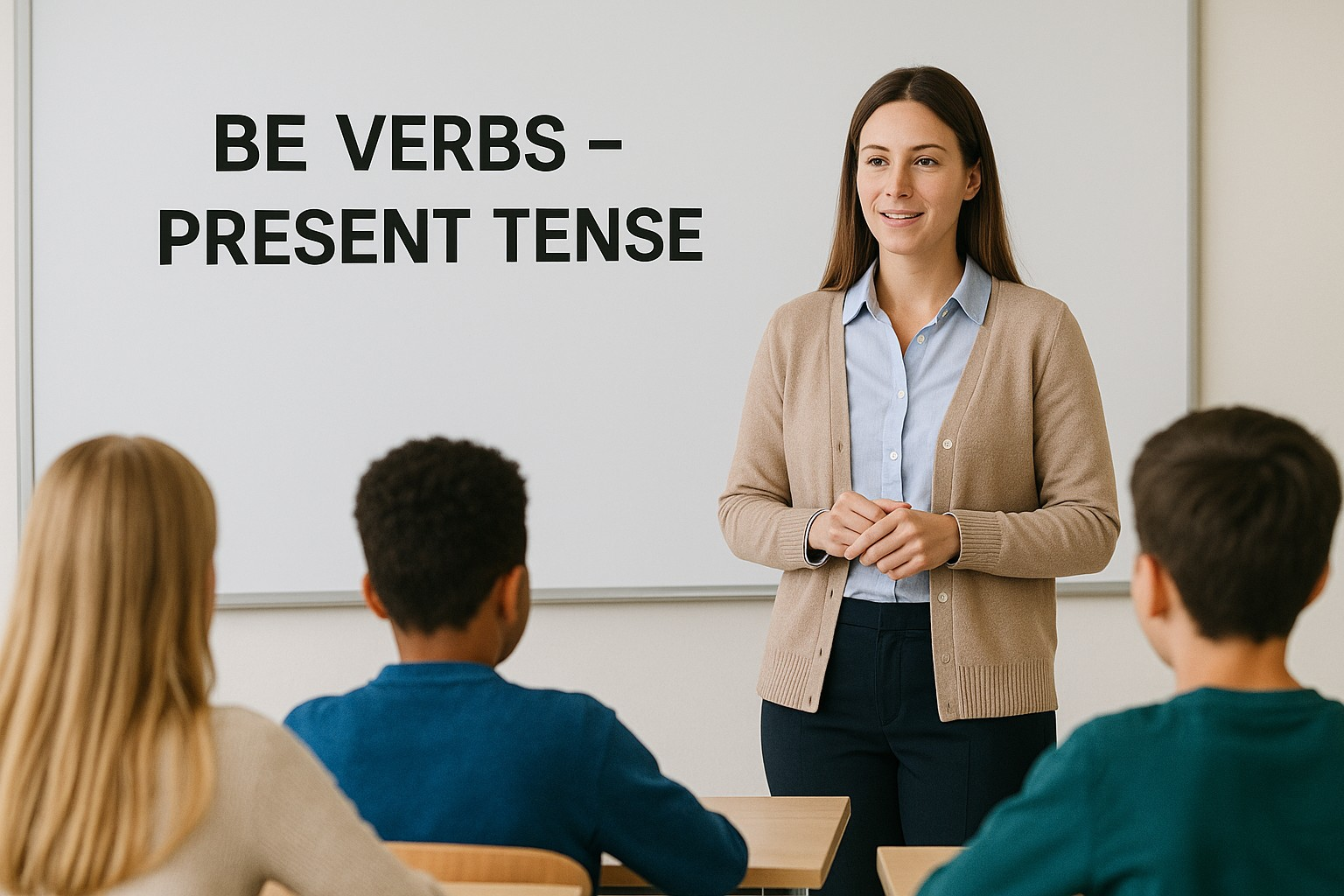
English Grammar for Beginners: How to Use Be Verbs in the Present Tense
Be verbs are small but powerful words in English! We use am, is, and are to describe people, places, and things in the present tense. For example, we say I am a student, She is happy, or They are in class.In this lesson, you’ll learn how to use be verbs correctly, avoid common mistakes, and…
-

English Future Tense with Be Going To: Easy Guide for ESL Beginners
Master the English future tense with be going to in this beginner-friendly ESL guide. Learn when to use it, how to form sentences, avoid common mistakes, and practice with simple examples.
-

English Future Tense with Will: Easy Grammar for ESL Students
Do you ever want to talk about tomorrow, next week, or even next year in English? Learning how to talk about the future is very important! The good news is, there are two common ways to talk about the future in English: will and be going to. In this post, we’ll focus on will. To…
-
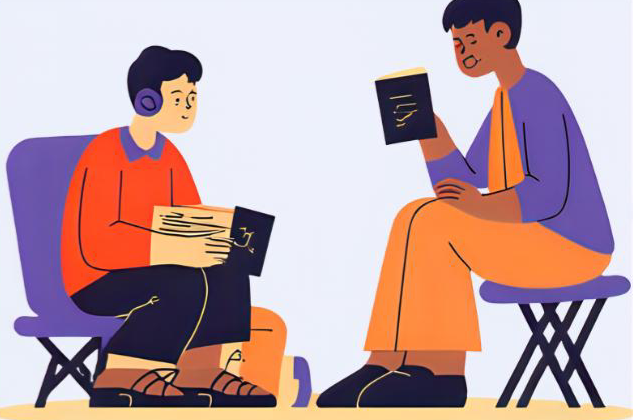
The Present Continuous: A Complete Guide for ESL Students
What is the present continuous? The present continuous tense – sometimes called the present progressive – is one of the first tenses English learners practice after the simple present. In this blog, we will discuss using the present continuous in affirmative statement, negative statements, Yes/No questions, and Wh- questions. We will also discuss the spelling…
-
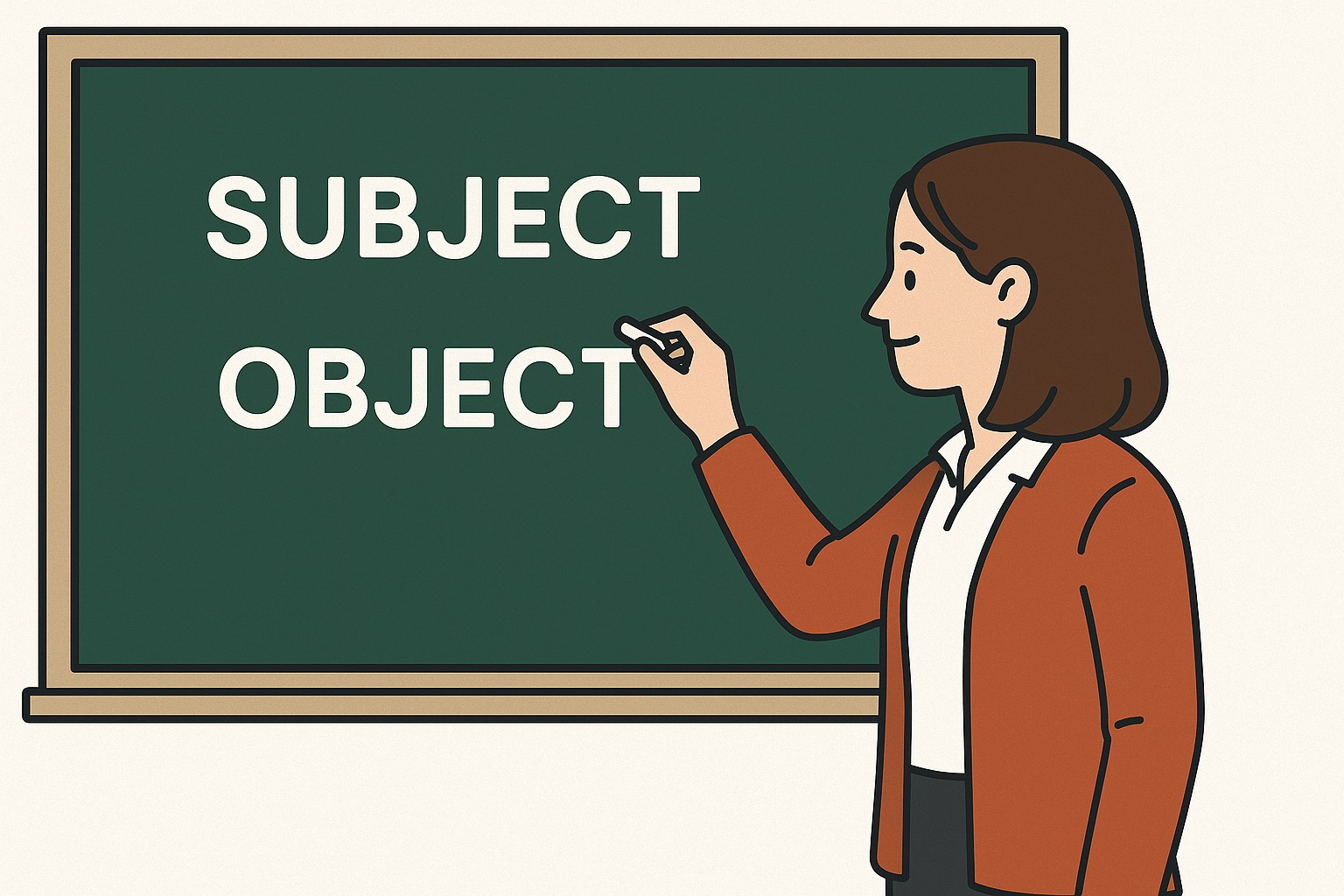
Subjects and Objects in English Grammar: Easy Guide for ESL Students
Subjects and Objects in English Sentences Understanding the difference between a subject and an object is one of the foundations of English grammar. Without this knowledge, it can be difficult to write clearly and understand how sentences work. In this post, we’ll break it down with simple explanations, examples, and practice. What is the Subject?…

